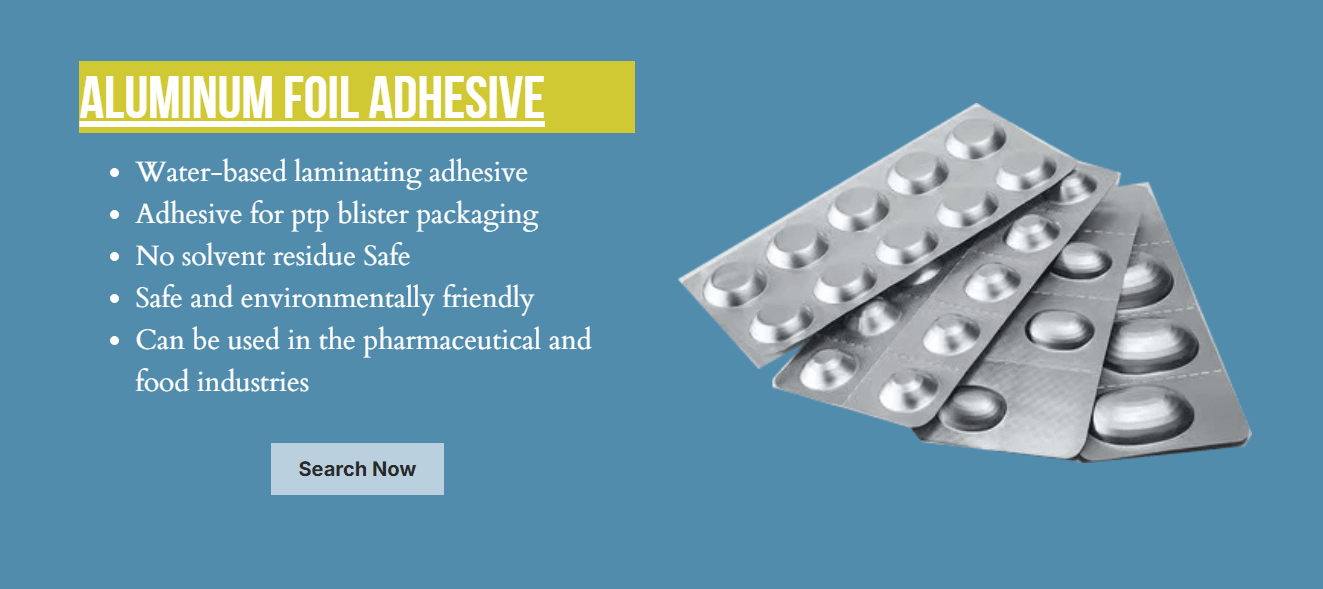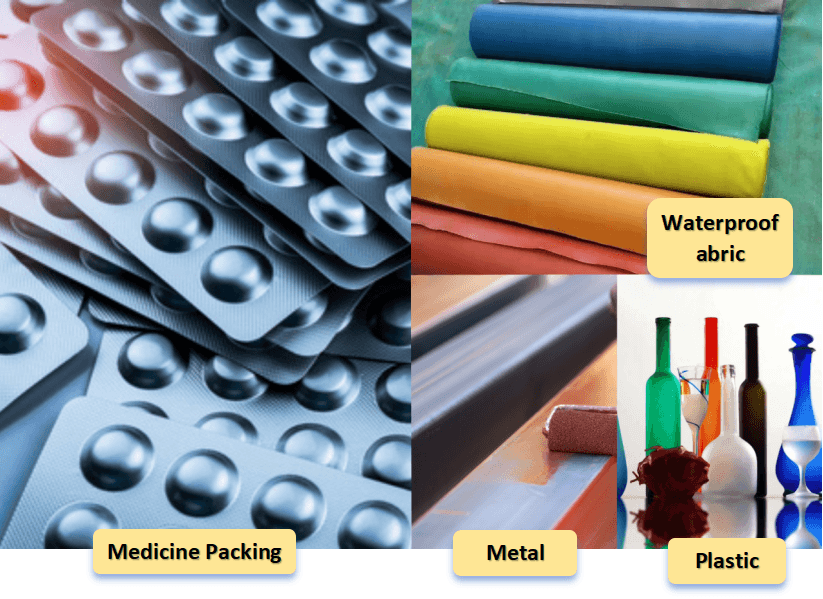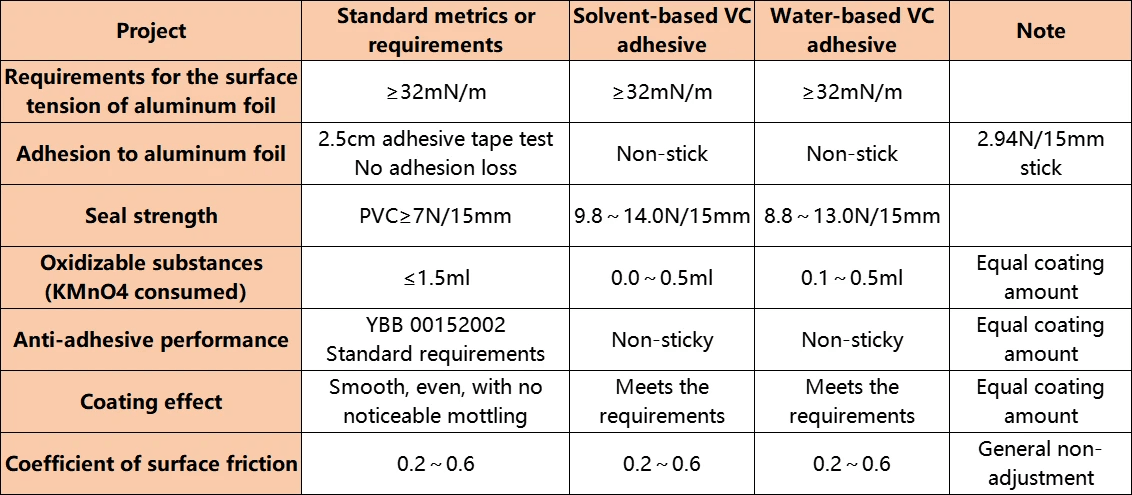Introduction

In the world of food packaging, understanding the nuances of heat sealable food bags adhesive is crucial for ensuring product freshness and safety. These specialized adhesives are designed to create strong seals that withstand various conditions, making them a popular choice in both commercial and domestic settings. With the right heat sealer or plastic heat sealer, you can effectively preserve your products while enhancing their shelf life.
Understanding Heat Sealable Food Bags Adhesive
Heat sealable food bags adhesive operates on the principle of thermoplastic bonding, where heat activates the adhesive to create a robust seal. This process is essential for maintaining the integrity of packaged goods, especially in industries like food service and retail. Knowing how these adhesives work can help businesses optimize their packaging processes and reduce waste.
The Importance of Choosing the Right Seal
Choosing the right seal is paramount for any packaging operation, as it directly impacts product quality and consumer satisfaction. A poor seal can lead to spoilage or contamination, which could ultimately harm your brand's reputation. By investing in a reliable plastic sealer or heat sealer tailored to your specific needs, you ensure that your products remain safe and appealing to customers.
Advantages of Heat Seal Packaging
Heat seal packaging offers numerous advantages over traditional sealing methods, including enhanced durability and flexibility in design. The ability to customize bag sizes and shapes allows businesses to cater to diverse market demands while minimizing material waste. Additionally, heat sealed packages often provide better barrier properties against moisture and oxygen, ensuring that your products stay fresher for longer.
What Are Heat Sealable Food Bags?

Heat sealable food bags are specialized packaging solutions designed to securely seal food products, ensuring freshness and protection from external contaminants. These bags utilize heat seal technology, which involves applying heat and pressure to create a strong bond at the seams. With a variety of materials and adhesives available, heat sealable packaging is essential in maintaining the quality of perishable goods.
Types of Heat Sealable Packaging
You can find everything from flexible plastic pouches to rigid containers, each designed for specific applications. Popular types include stand-up pouches, vacuum-sealed bags, and roll stock films, all utilizing various forms of heat seal technology for optimal sealing efficiency.
Benefits of Using Heat Sealable Food Bags
The advantages of using heat sealable food bags are numerous and compelling. First and foremost, these bags provide an airtight seal that extends shelf life by preventing moisture and air from spoiling the contents inside. Additionally, they offer convenience in storage and transportation while allowing for attractive branding opportunities through custom printing on the surface.
Common Applications in Various Industries
Heat sealable food bags find their way into multiple industries due to their versatility and effectiveness. In the food sector, they are commonly used for packaging snacks, frozen items, or even bulk ingredients like grains and spices—ensuring freshness until opened. Beyond food applications, industries such as pharmaceuticals or cosmetics also benefit from these seals for protecting sensitive products from contamination.
The Role of Adhesives in Heat Sealing

In the world of heat sealable food bags, adhesives play a pivotal role. They are the unsung heroes that ensure your packaging remains intact, keeping food fresh and safe from contamination. Understanding how these heat seal adhesives work is essential for anyone involved in packaging, whether you're a manufacturer or a small business owner.
How Heat Seal Adhesives Work
Heat seal adhesives operate on the principle of thermoplasticity, where heat is applied to create a bond between two surfaces. When using a plastic sealer or plastic heat sealer, these adhesives melt and flow into microscopic grooves on the surfaces being sealed. As they cool down, they solidify to form a strong bond that can withstand various stresses and conditions.
The effectiveness of heat seal packaging largely depends on the temperature and pressure applied during sealing. Too little heat or pressure can lead to weak seals that easily break apart, while excessive amounts can damage the packaging material itself. Thus, finding that perfect balance is crucial for achieving optimal results with your heat sealable food bags adhesive.
Types of Adhesives for Food Packaging
There are several types of adhesives used in food packaging, each designed for specific applications and materials. Common categories include solvent-based adhesives, water-based adhesives, and hot melt adhesives—all serving unique purposes in the realm of heat sealable packaging. For instance, water-based adhesives are increasingly popular due to their lower environmental impact while still providing effective sealing capabilities.
Hot melt adhesives are often preferred for their quick setting time and versatility across different substrates—ideal when using a plastic sealer or plastic heat sealer in fast-paced production environments. Solvent-based options may offer superior adhesion but come with concerns regarding safety and environmental regulations. Understanding these differences will help you choose the right adhesive that meets both your performance needs and sustainability goals.
Choosing the Right Adhesive for Your Needs
Selecting the right adhesive is crucial for ensuring product integrity and customer satisfaction when dealing with heat sealable food bags adhesive. Factors to consider include compatibility with your chosen materials, application method (manual vs automated), and regulatory compliance regarding food safety standards. Additionally, evaluate whether you prioritize speed over durability or vice versa based on your production demands.
It’s also wise to consider environmental impact; opting for eco-friendly options like water-based solutions not only benefits our planet but can also appeal to an increasingly conscious consumer base looking for sustainable products in their shopping carts. Testing different types under real-world conditions will provide insights into which adhesive performs best under specific circumstances—after all, no two products are alike!
So whether you're sealing up delicious snacks or ready-to-eat meals in innovative heat sealable packaging solutions, making informed choices about your adhesive will pay off big time down the line.
Exploring the Best Heat Sealers

When it comes to effective heat seal packaging, choosing the right heat sealer is crucial for ensuring your products are securely sealed. With a plethora of options available in the market, understanding the differences and capabilities of various models can save you time, money, and frustration. This section will guide you through popular heat sealers, compare plastic sealers with plastic heat sealers, and highlight key features to look for in a quality heat sealer.
Popular Heat Sealers in the Market
The market is flooded with an impressive range of heat sealers designed to meet diverse needs for heat sealable food bags adhesive applications. Some standout models include impulse sealers, continuous band sealers, and vacuum sealers. Each type offers unique advantages; for instance, impulse sealers are perfect for low-volume operations while vacuum sealers excel in preserving freshness by removing air from packages.
Many manufacturers have also begun integrating advanced technology into their equipment to enhance efficiency and ease of use. Brands like HENKEL, SealerSales, and VacMaster have gained popularity due to their reliability and performance when working with heat-sealable packaging materials. By exploring these options carefully, you can find a heat sealer that perfectly aligns with your production requirements.
Comparing Plastic Sealers vs. Plastic Heat Sealers
Understanding the difference between plastic sealers and plastic heat sealers can significantly impact your packaging process. Plastic sealers generally refer to devices that create seals through pressure alone or by using adhesives without applying any additional heating elements. In contrast, plastic heat sealers utilize controlled temperature settings to melt specific layers of material together—making them particularly effective for creating durable seals on heat-sealable food bags adhesive.
While both types serve distinct purposes within various industries, plastic heat sealers tend to offer superior sealing strength and reliability when working with specialized films designed for high-performance applications. Additionally, they provide better protection against moisture and contaminants compared to traditional sealing methods—making them ideal for food packaging scenarios where safety is paramount. Ultimately, knowing which type suits your needs will help ensure optimal results.
Features to Look for in a Heat Sealer
When shopping around for a suitable heat sealer, there are several vital features you should consider before making a decision on which model best fits your requirements. First off is temperature control; adjustable temperature settings allow you greater flexibility when working with different types of materials used in your chosen heat-sealable packaging solutions. This ensures that each application achieves maximum adhesion without damaging delicate contents inside.
Another important feature is sealing speed; faster machines can significantly increase productivity levels while minimizing downtime during production runs—especially beneficial if you're dealing with high volumes of product daily! Lastly but certainly not least: durability matters! Investing in a well-built machine will save both time and money over its lifespan as it withstands wear-and-tear during frequent use.
Chemix's Water-Based Resin Solution

In the evolving landscape of food packaging, Chemix's water-based resin solution is making waves. This innovative approach to heat sealable food bags adhesive offers numerous advantages that cater to both manufacturers and consumers. By harnessing the power of water-based technology, Chemix provides a sustainable alternative without compromising on performance.
Benefits of Water-Based Resin for Food Packaging
Water-based resin solutions present a myriad of benefits when it comes to heat sealable packaging. Firstly, they provide excellent adhesion properties, ensuring that seals remain intact even under varying temperature conditions—essential for maintaining product freshness and safety. Additionally, these adhesives are less volatile than solvent-based options, reducing harmful emissions and promoting a healthier working environment.
Another significant advantage is their compatibility with various substrates used in heat sealable food bags adhesive applications. Whether it's plastic films or laminates, water-based resins can effectively bond different materials while maintaining their integrity during the sealing process. This versatility makes them an ideal choice for manufacturers looking to streamline production without sacrificing quality.
How Chemix's Solution Stands Out
Chemix’s water-based resin solution distinguishes itself through its unique formulation designed specifically for the challenges faced in food packaging. Unlike traditional plastic sealers or plastic heat sealers that may leave residues or compromise food safety, Chemix ensures a clean and safe sealing process. Their technology promotes faster curing times while providing robust seals that withstand handling and transportation stresses.
Moreover, Chemix prioritizes user-friendliness in their products, making it easier for businesses to implement this advanced adhesive without extensive retraining or equipment overhauls. The adaptability of their solution means it works seamlessly with existing heat sealers in various production lines, enhancing efficiency across operations while delivering superior results.
Environmental Impact of Using Water-Based Adhesives
The environmental impact of packaging materials has never been more critical than it is today; hence the shift towards water-based adhesives is timely and necessary. Chemix’s commitment to sustainability is evident in their use of non-toxic ingredients that minimize ecological footprints compared to conventional solvent-based options used in heat seal packaging processes. By choosing water-based resins for heat sealable food bags adhesive applications, companies contribute positively towards reducing air pollution and hazardous waste.
Furthermore, these adhesives support recycling efforts as they are often easier to remove during the recycling process compared to traditional adhesives found in many plastic sealers or plastic heat sealers on the market today. This feature not only enhances recyclability but also aligns with global initiatives aimed at promoting sustainability within the packaging industry—a crucial aspect as consumers become increasingly eco-conscious.
In conclusion, adopting Chemix's water-based resin solution represents a smart investment for businesses seeking effective and sustainable options for their heat sealable packaging needs while addressing environmental concerns head-on.
Troubleshooting Common Heat Sealing Issues

Heat sealing can be a tricky business, but with a little know-how, you can tackle the most common problems that arise when working with heat sealable food bags adhesive. Knowing what to look for is half the battle, so let's dive into identifying those pesky issues that might be sabotaging your seal quality.
Identifying Common Problems
When using a heat sealer, one of the most frequent issues is incomplete seals. This can happen for various reasons such as incorrect temperature settings or insufficient pressure applied during sealing. Additionally, if you're working with low-quality heat sealable packaging materials, you may notice weak seals that easily break under stress.
Another common problem is contamination on the sealing surface; any dirt or grease can lead to poor adhesion and compromised seals. If you're using a plastic sealer or plastic heat sealer, ensure that both surfaces are clean and free from residues before attempting to seal them together. Lastly, improper alignment of the bag in the sealer can cause uneven seals or even complete failures.
Solutions to Improve Seal Quality
To enhance your seal quality, start by calibrating your heat sealer according to the manufacturer's instructions—this includes adjusting temperature and pressure settings for optimal performance. Experimenting with different types of heat sealable food bags adhesive might also yield better results; some adhesives perform better at certain temperatures than others.
Regular maintenance of your equipment is crucial too! Cleaning your plastic heat sealer's sealing bars regularly will help eliminate contaminants that could interfere with adhesion. And remember: if you’re still experiencing issues after trying these solutions, it might be time to consider upgrading your equipment or switching suppliers for higher-quality heat seal packaging materials.
Frequently Asked Questions About Heat Sealing
Many people wonder if they can reuse their heat-sealed bags; while it’s possible in some cases, take care as repeated use may compromise the integrity of the adhesive over time. Another common question revolves around how long it takes for an adhesive seal to fully cure—typically, this process occurs within minutes but depends on factors like humidity and temperature.
Lastly, users often ask whether they should use a plastic sealer or a more specialized plastic heat sealer for their needs—the answer largely hinges on volume and type of material being sealed. For high-volume applications requiring consistent quality in seals, investing in a dedicated plastic heat sealer is usually worth it!
Conclusion
In the ever-evolving world of food packaging, making informed choices is paramount. With the variety of options available, from heat sealable food bags adhesive to different types of heat sealers, understanding your specific needs can save time and resources. By selecting the right heat seal packaging, businesses can enhance efficiency while ensuring product integrity.
Making Informed Choices for Packaging
When it comes to selecting packaging solutions, knowledge is power. Understanding the differences between a plastic sealer and a plastic heat sealer can significantly impact your production line's performance. By considering factors like adhesive properties and sealing methods, you can choose heat sealable packaging that aligns with your operational goals.
Future Trends in Heat Sealable Packaging
The future of heat sealable food bags adhesive looks promising as innovation continues to drive advancements in packaging technology. Expect to see more eco-friendly materials and smarter sealing techniques that improve both functionality and sustainability. As consumer preferences shift towards greener options, companies must adapt by investing in modern heat sealers that meet these evolving demands.
The Importance of Sustainability in Food Packaging
Sustainability is no longer just a buzzword; it's a necessity for businesses today. Utilizing environmentally friendly options in heat seal packaging not only helps reduce waste but also appeals to conscious consumers seeking responsible brands. By prioritizing sustainable practices—such as using water-based adhesives—companies can contribute positively to the planet while enhancing their market appeal.
